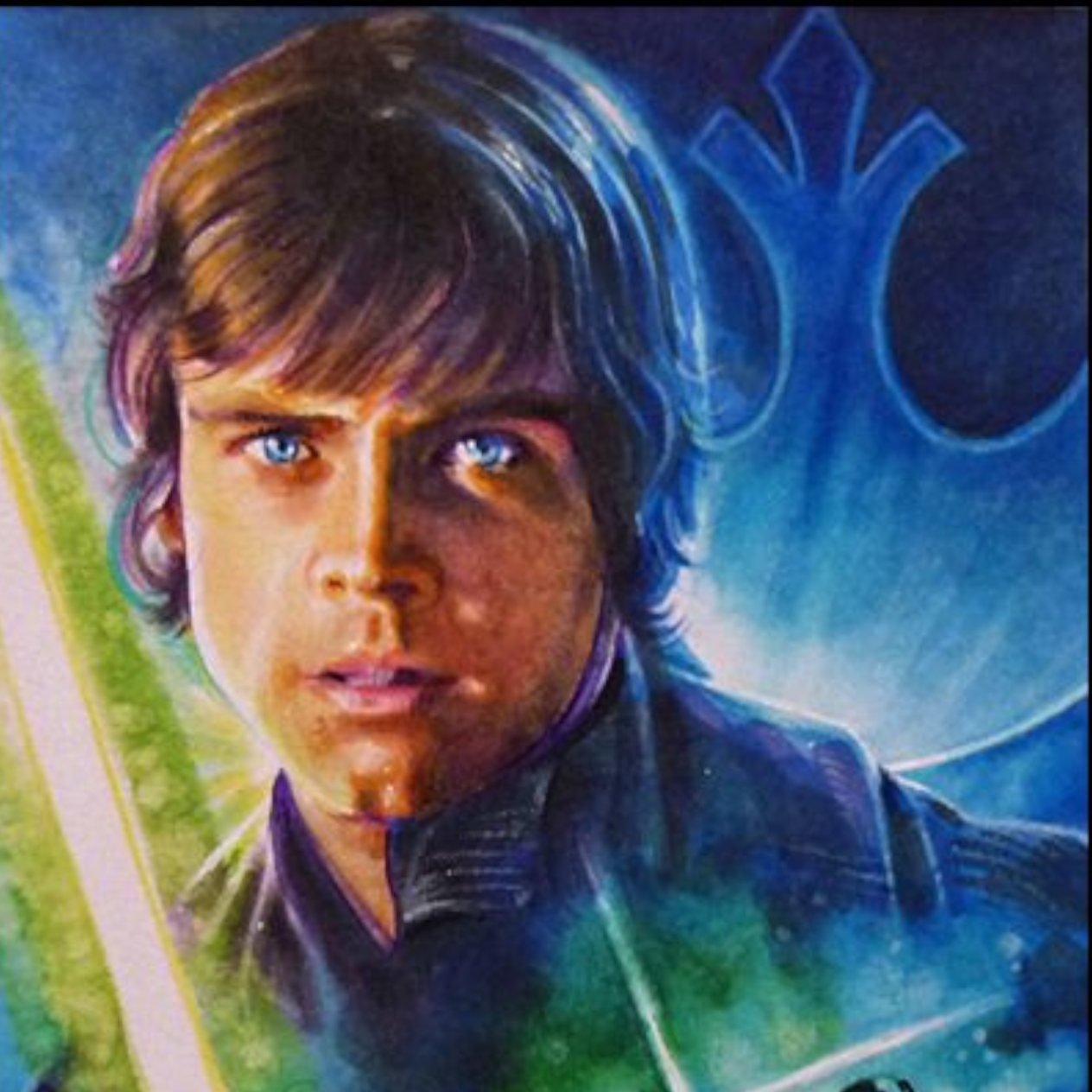To this day, nothing makes old-school Star Wars fans angrier than midi-chlorians, which George Lucas added to The Phantom Menace to retroactively (and very disappointingly) explain how The Force works. They made for a terrible addition to our favorite fictional galaxy far, far away, but what most fans don’t realize is that the midi-chlorians (sort of) exist in real life. Back in 2006, scientist and Star Wars nerd Nate Lo discovered a new species of bacteria living inside mitochondria, and he named this new discovery Midichloria mitochondrii in honor of George Lucas and his prequel films.
…
Mixing existing scientific knowledge with his own theories, the Star Wars creator once said that “Midi-chlorians are a loose depiction of mitochondria. They probably had something, which will come out someday, to do with the beginnings of life and how one cell decided to become two cells with a little help from this other little creature who came in, without whom life couldn’t exist.”
…
With that science lesson out of the way (thank the Maker!), we can get back to the strange way that midi-chlorians kind of became real. In 2006, the researcher Nate Lo discovered that there was a heretofore unknown bacteria living inside mitochondria.
Given the existing connection between mitochondria and The Force, the researcher who discovered this new bacteria decided to name it Midichloria mitochondrii in honor of what George Lucas had created.
If you were curious, this wasn’t something that he unilaterally decided to do. Instead, Lo reached out to Lucas and asked for special permission to name this new discovery after the midi-chlorians. The Star Wars creator granted permission and effectively made his fictional creation that much closer to a reality.



Midichlorians are the powerhouse of the Force.
Time for a Parasite Eve style event where Sith are shown to have competing mitochondria against the Jedi mitochondria?